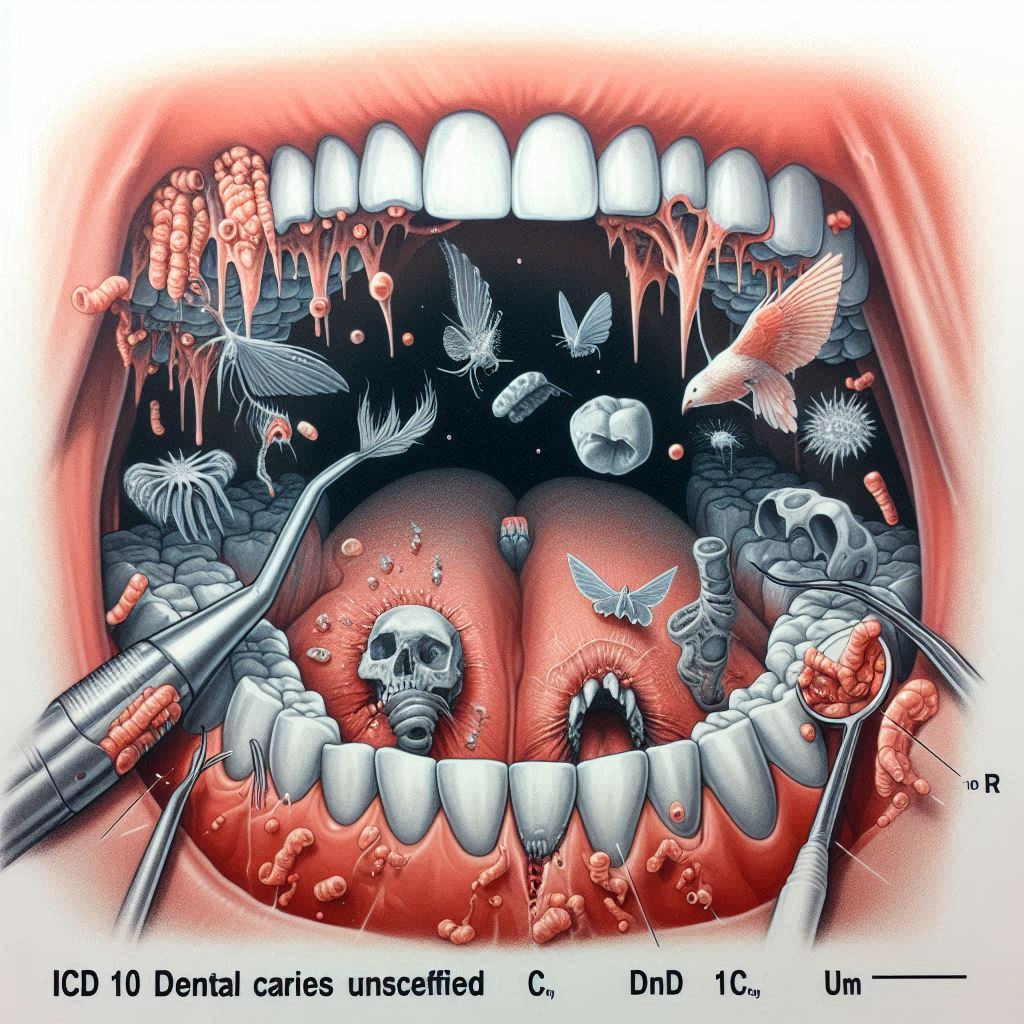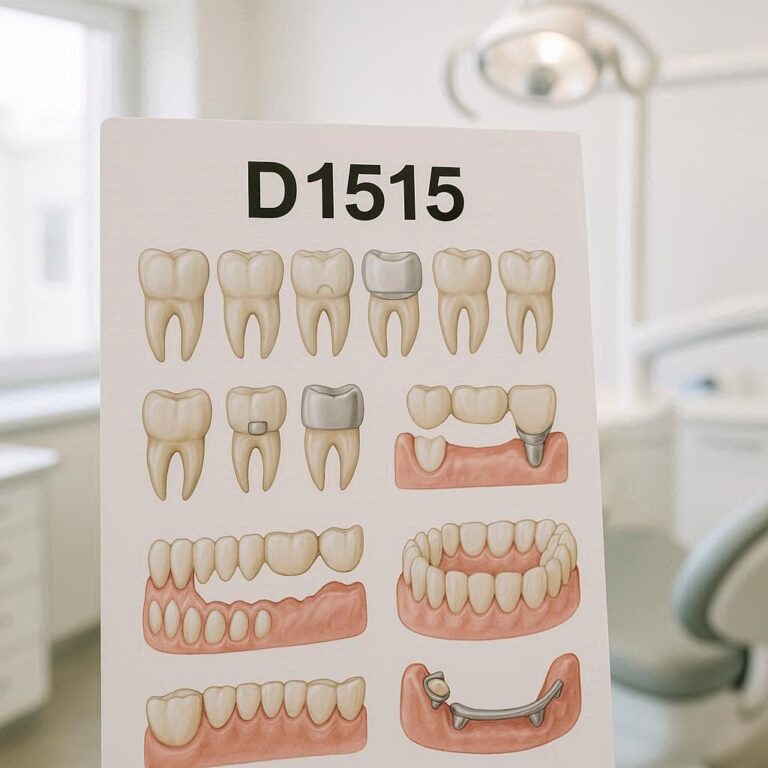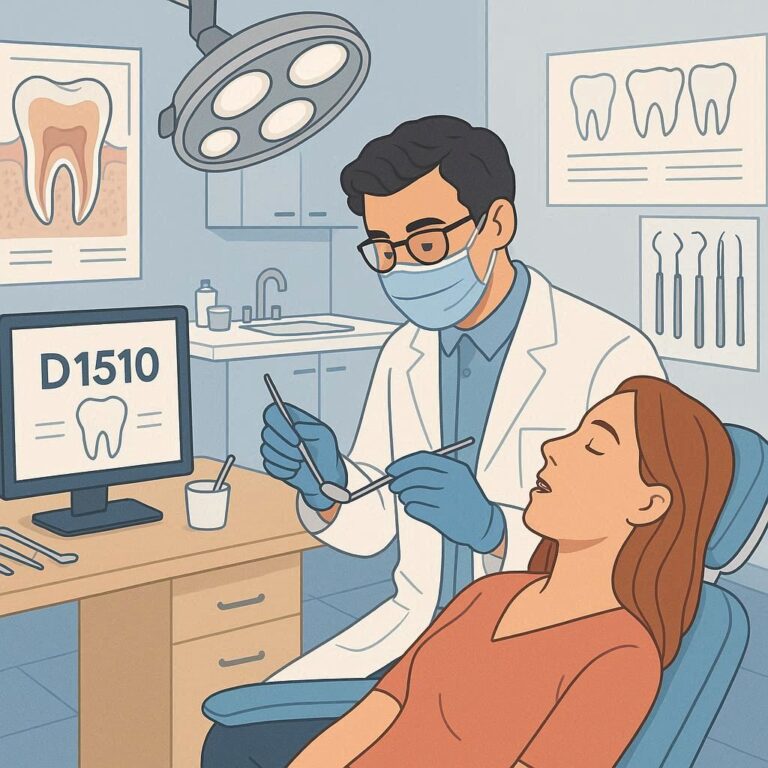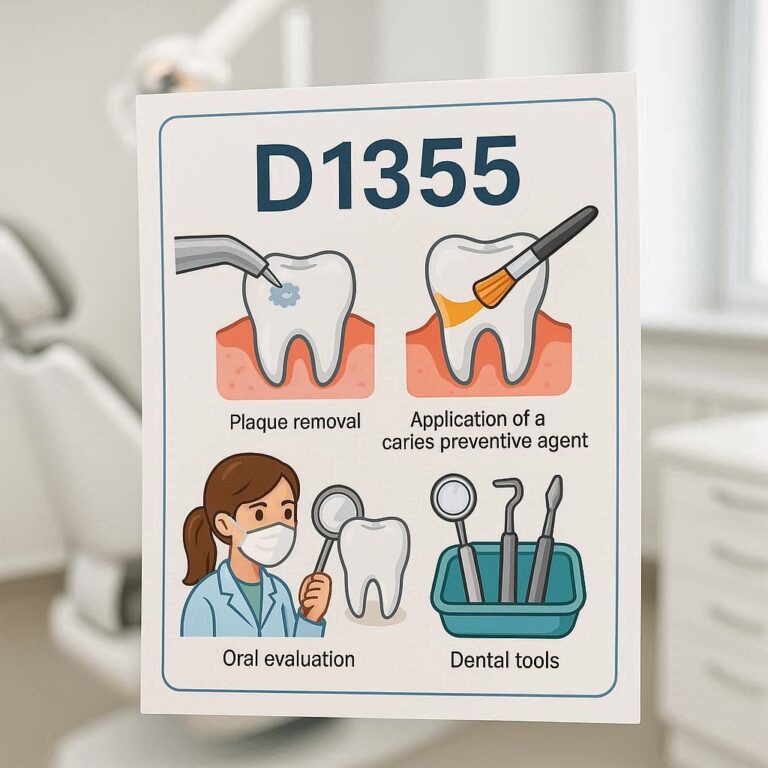ICD-10 Dental Caries Unspecified (K02.9): Causes, Diagnosis, Treatment, and Prevention
Dental caries, commonly known as tooth decay, is one of the most prevalent chronic diseases worldwide, affecting billions of people across all age groups. The International Classification of Diseases, 10th Revision (ICD-10), categorizes unspecified dental caries under the code K02.9. This condition arises from the demineralization of tooth enamel due to bacterial acid production, leading to cavities, pain, and potential tooth loss if untreated.
This comprehensive guide explores ICD-10 dental caries unspecified (K02.9) in detail, covering its causes, symptoms, diagnostic methods, treatment options, and preventive strategies. Whether you’re a dental professional, student, or patient seeking in-depth knowledge, this article provides valuable insights backed by research and clinical expertise.

2. Understanding Dental Caries: An Overview
Dental caries is a multifactorial disease involving the interaction of:
- Cariogenic bacteria (e.g., Streptococcus mutans, Lactobacillus)
- Fermentable carbohydrates (sugars and starches)
- Susceptible tooth surfaces
- Time (prolonged acid exposure)
The process begins when plaque bacteria metabolize sugars, producing acids that erode enamel. Over time, this leads to cavitation and deeper infection of the dentin and pulp.
Stages of Dental Caries Development
| Stage | Description |
|---|---|
| Initial Demineralization | White spot lesions appear due to enamel mineral loss (reversible stage). |
| Enamel Caries | Cavity forms within the enamel, appearing as a brown or black spot. |
| Dentin Caries | Decay spreads to dentin, causing sensitivity and pain. |
| Pulp Involvement | Bacteria infect the pulp, leading to severe pain, abscess, and possible necrosis. |
3. ICD-10 Coding for Dental Caries Unspecified (K02.9)
The ICD-10-CM code K02.9 is used when a patient has dental caries, but the exact type or location is not specified. This code is essential for:
- Medical billing and insurance claims
- Epidemiological research
- Dental health statistics
Related ICD-10 Codes for Dental Caries
- K02.0 – Dental caries limited to enamel
- K02.1 – Dental caries extending to dentin
- K02.2 – Dental caries involving cementum (root caries)
- K02.3 – Arrested dental caries
- K02.5 – Odontoclasia (childhood caries)
4. Types and Classifications of Dental Caries
Dental caries can be classified based on:
A. Location
- Pit and Fissure Caries (occlusal surfaces)
- Smooth Surface Caries (interproximal areas)
- Root Caries (gingival recession exposes cementum)
B. Progression
- Acute Caries (rapid progression)
- Chronic Caries (slow progression)
- Recurrent Caries (around existing fillings)
C. Age-Related Caries
- Early Childhood Caries (ECC) – Severe decay in toddlers due to prolonged bottle feeding.
- Geriatric Caries – Older adults experience root caries due to dry mouth (xerostomia) and gum recession.
5. Causes and Risk Factors of Dental Caries
Primary Causes
- Bacterial plaque (biofilm containing S. mutans)
- High sugar and acid intake (soda, candy, citrus)
- Poor oral hygiene (irregular brushing/flossing)
Secondary Risk Factors
- Dry mouth (Xerostomia) – Reduces saliva’s protective effects.
- Genetic predisposition – Weak enamel structure.
- Socioeconomic factors – Limited access to dental care.
6. Symptoms and Clinical Presentation
Early-stage caries may be asymptomatic, but advanced decay causes:
- Tooth sensitivity (hot, cold, sweet stimuli)
- Visible holes or dark spots
- Pain when chewing
- Bad breath (halitosis)
- Pus formation (abscess)
7. Diagnostic Procedures for Dental Caries
A. Visual-Tactile Examination
- Dentists use explorers to detect soft spots.
B. Radiographic Imaging
- Bitewing X-rays reveal interproximal caries.
- Periapical X-rays assess root involvement.
C. Advanced Diagnostic Tools
- Laser Fluorescence (DIAGNOdent) – Detects early demineralization.
- Transillumination – Uses light to identify cracks and caries.
8. Treatment Options for Dental Caries
| Treatment | Description |
|---|---|
| Fluoride Therapy | Reverses early decay via remineralization. |
| Dental Fillings | Composite or amalgam restorations for cavities. |
| Root Canal | Needed if pulp is infected. |
| Tooth Extraction | Last resort for severely damaged teeth. |
9. Preventive Measures and Oral Hygiene Practices
- Brush twice daily with fluoride toothpaste.
- Floss daily to remove interdental plaque.
- Limit sugary and acidic foods.
- Regular dental check-ups (every 6 months).
10. Complications of Untreated Dental Caries
- Tooth abscess
- Periodontal disease
- Systemic infections (sepsis in rare cases)
11. Dental Caries in Special Populations
- Children – Early childhood caries (ECC) due to bottle feeding.
- Elderly – Root caries from gum recession.
- Diabetics – Higher risk due to dry mouth and poor healing.
12. The Role of Nutrition in Dental Caries Prevention
- Calcium-rich foods (milk, cheese) strengthen enamel.
- Crunchy fruits/vegetables (apples, carrots) stimulate saliva.
13. Latest Advances in Dental Caries Research
- Bioactive glass fillings that release fluoride.
- Probiotic therapies to combat harmful bacteria.
14. Frequently Asked Questions (FAQs)
Q1: Can dental caries heal on their own?
Early-stage white spots can remineralize with fluoride, but cavities require dental treatment.
Q2: How do I know if I have dental caries?
Look for tooth sensitivity, pain, or visible holes. A dentist can confirm via X-rays.
Q3: Are fillings the only treatment for cavities?
No, early decay can be treated with fluoride, while severe cases may need root canals or extractions.
15. Conclusion
Dental caries (ICD-10: K02.9) is a preventable yet widespread condition requiring early detection and intervention. Proper oral hygiene, dietary modifications, and regular dental visits are key to maintaining cavity-free teeth. Advances in dentistry continue to improve treatment outcomes, making tooth decay a manageable health concern.
16. Additional Resources
- American Dental Association (ADA)
- World Health Organization (WHO) Oral Health
- National Institute of Dental and Craniofacial Research (NIDCR)


